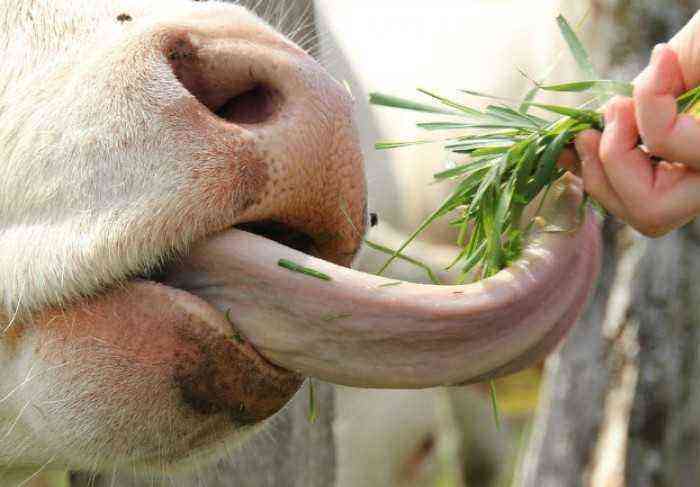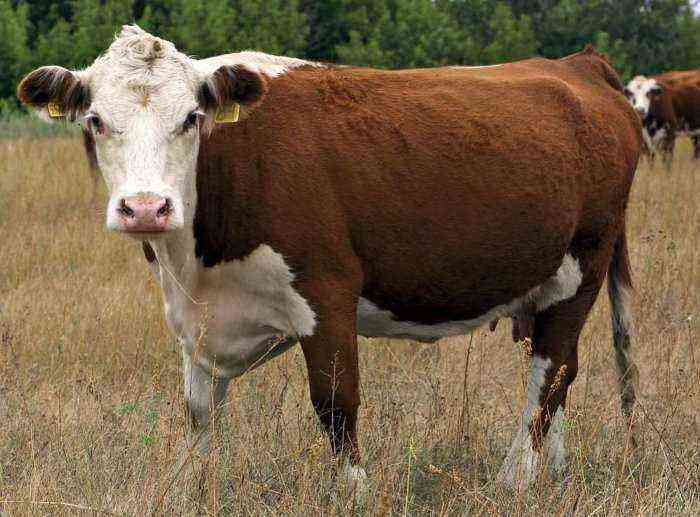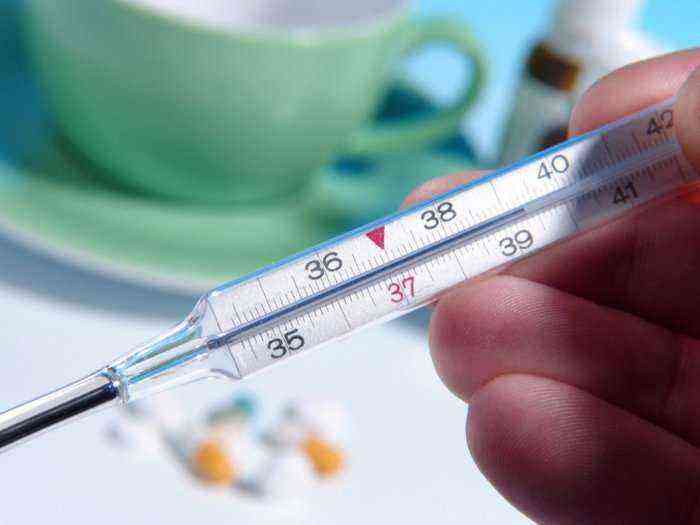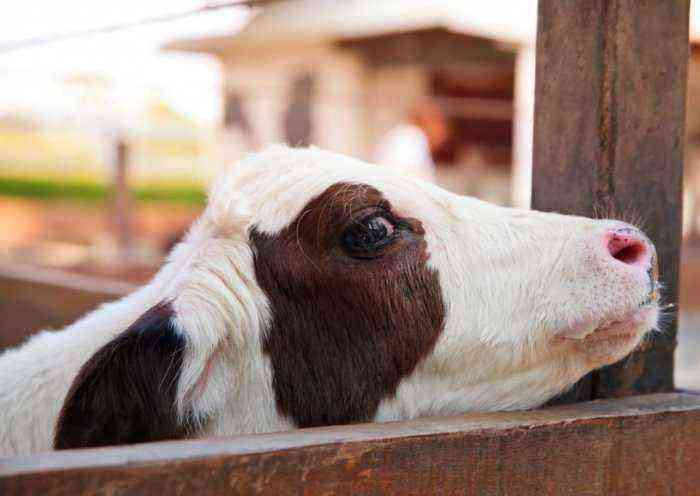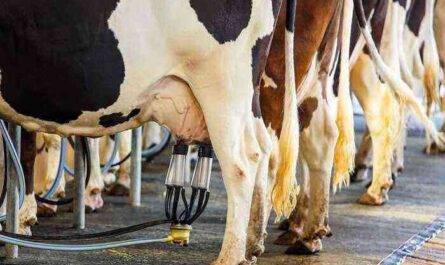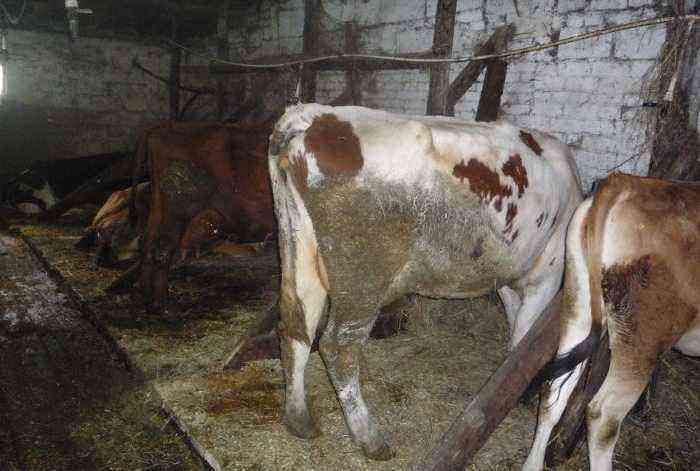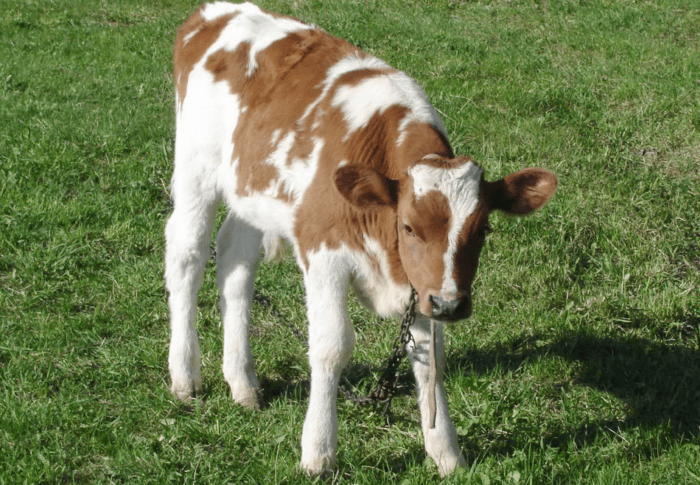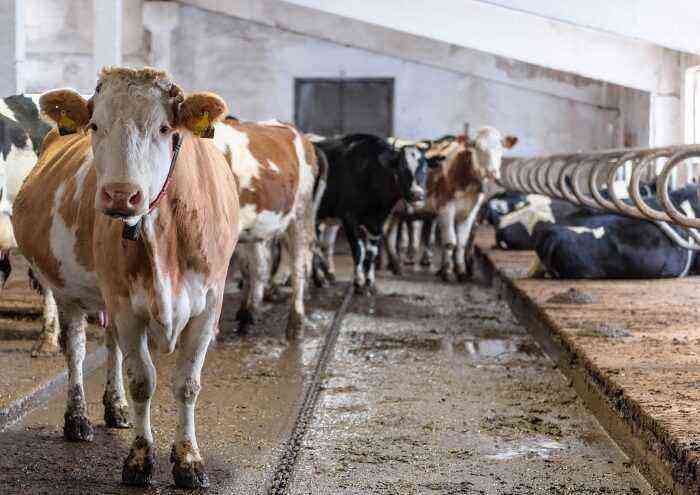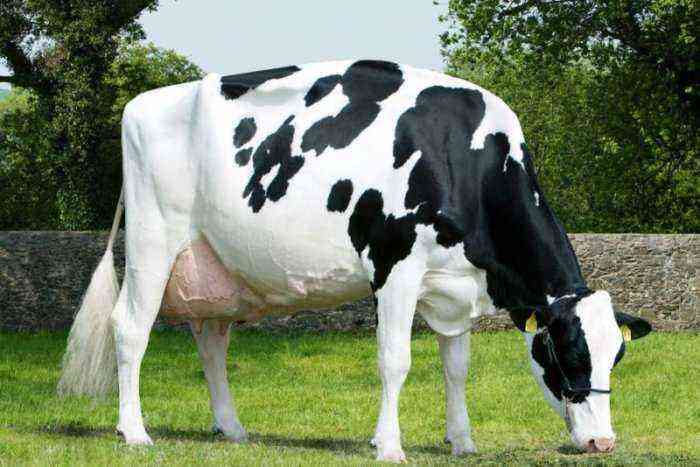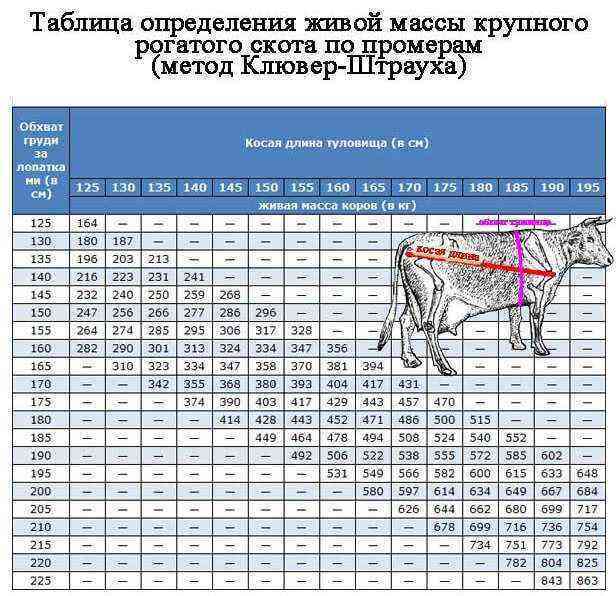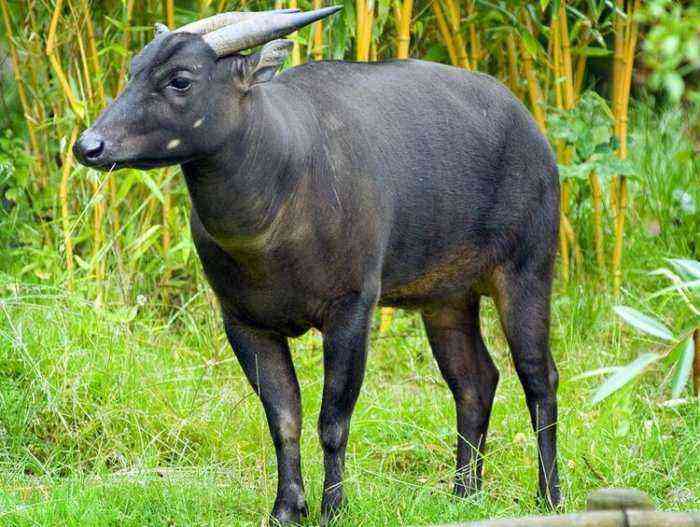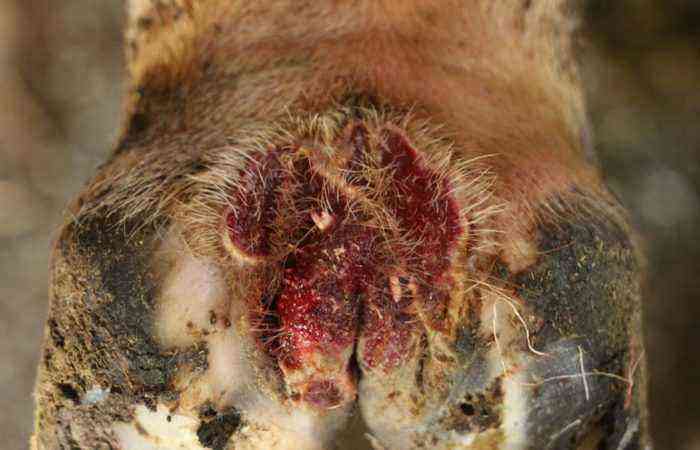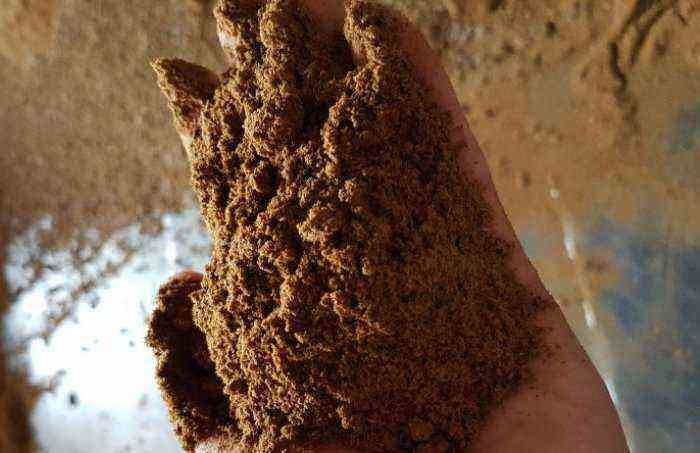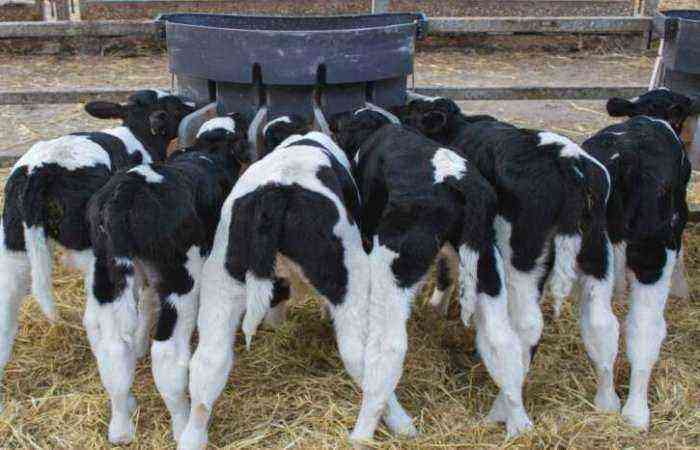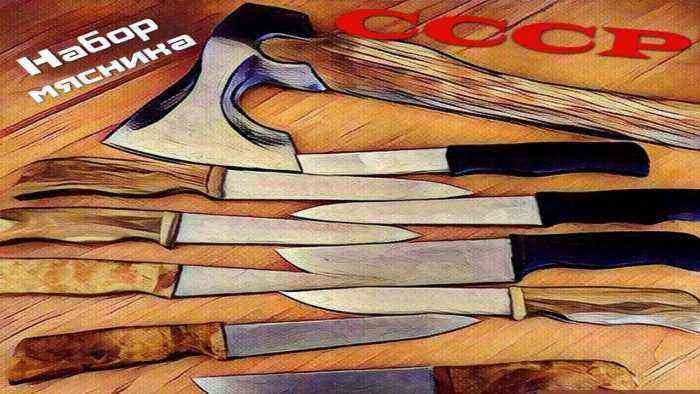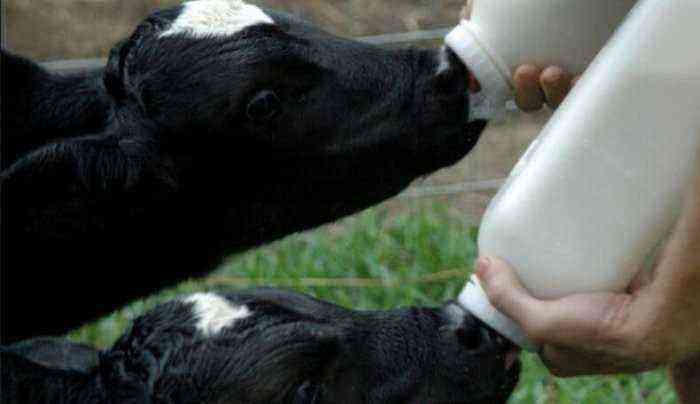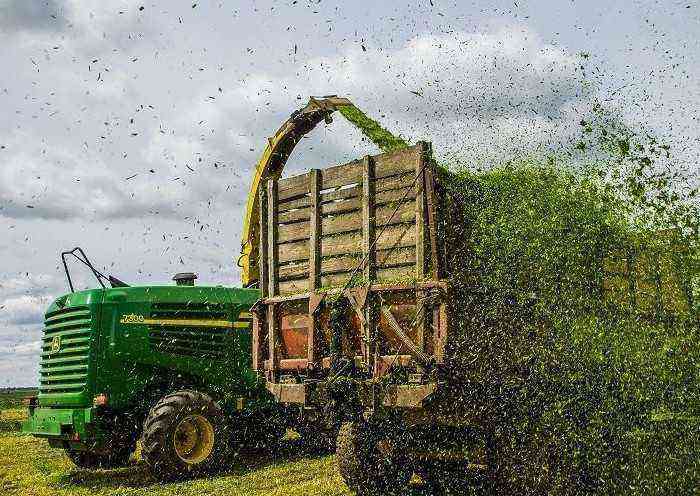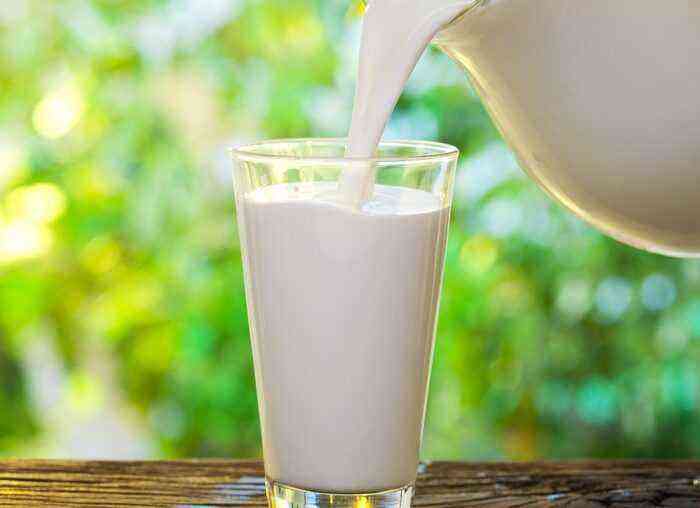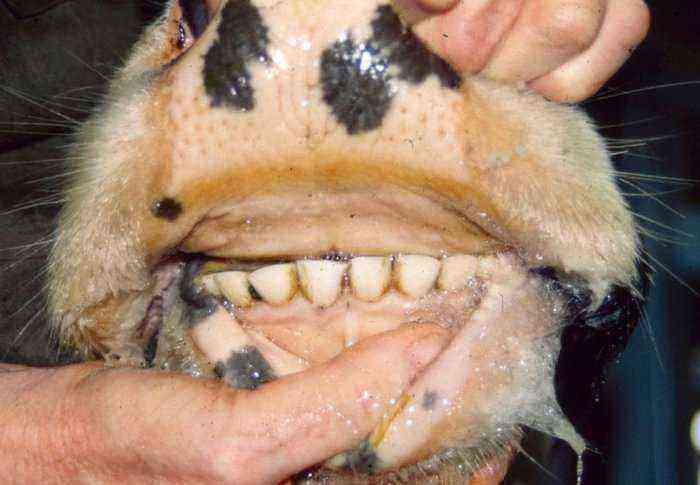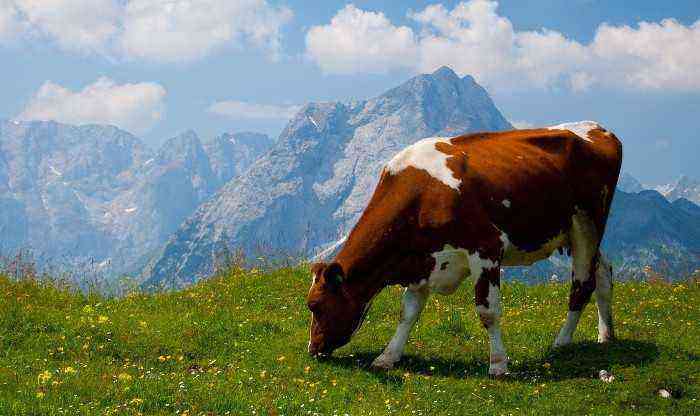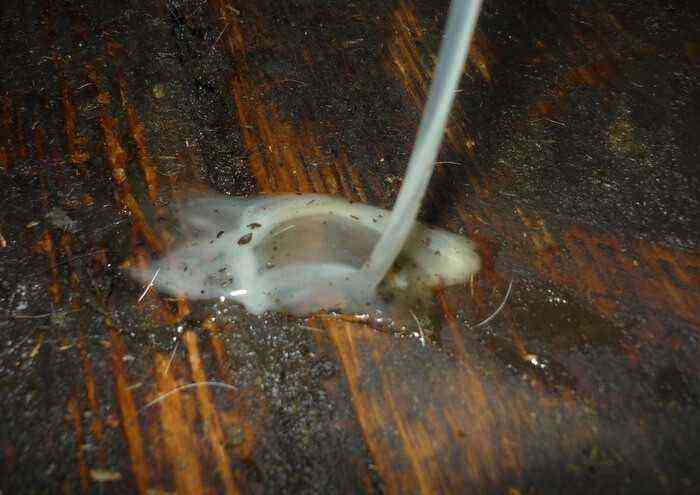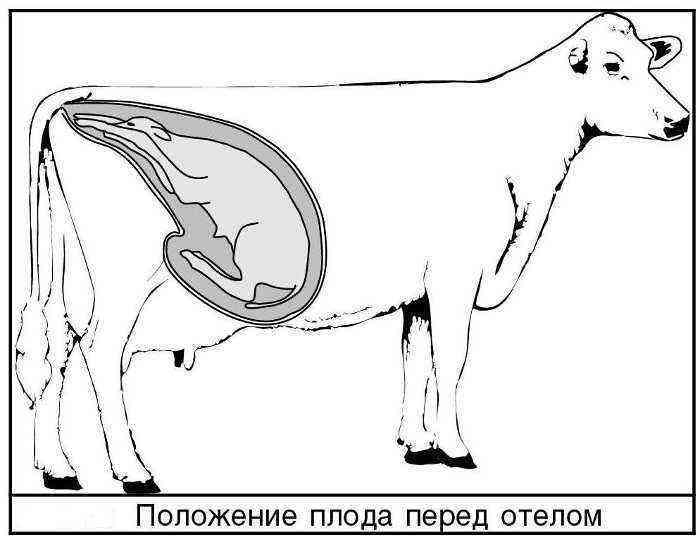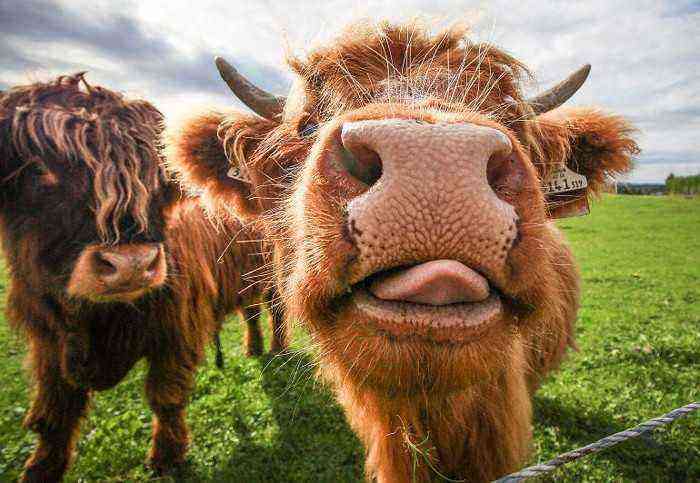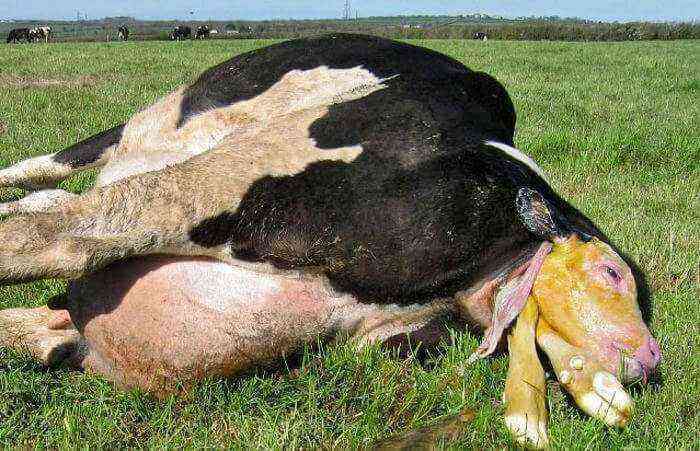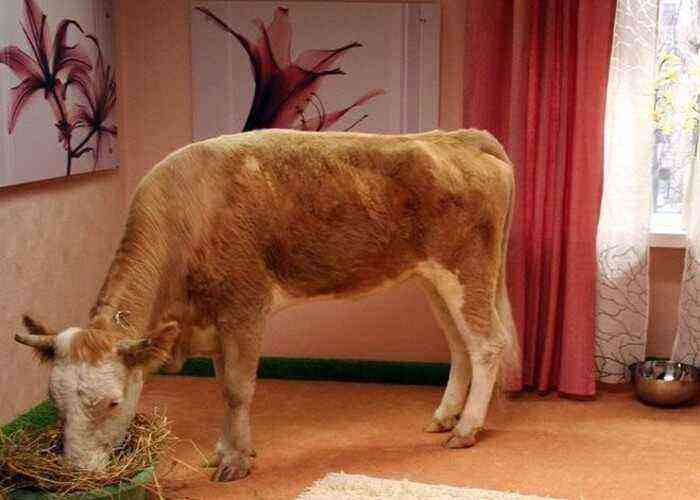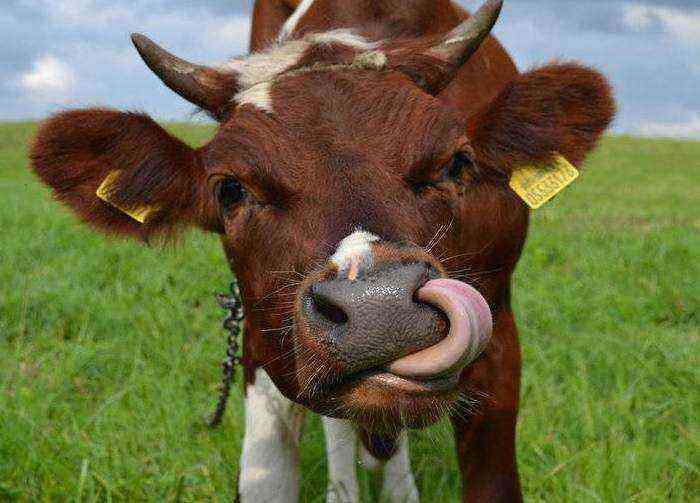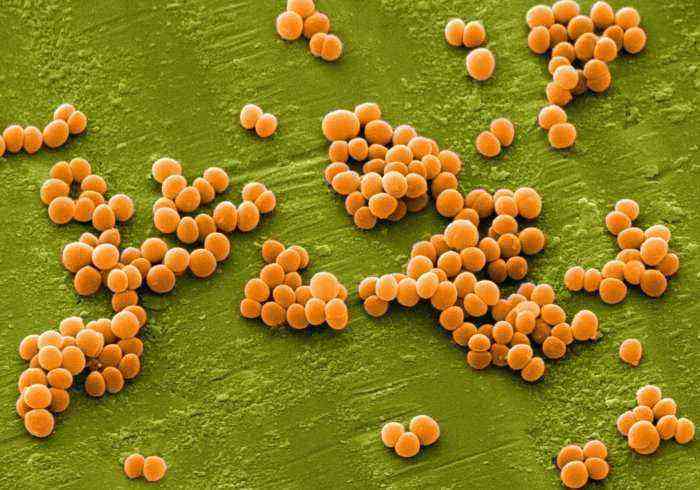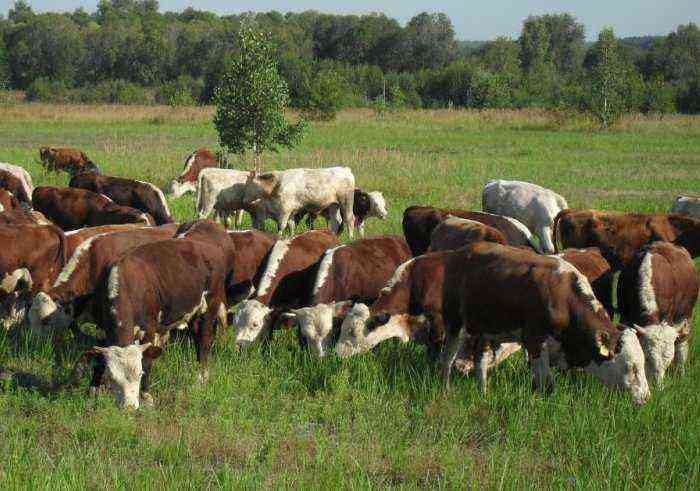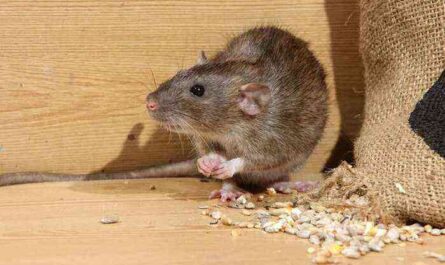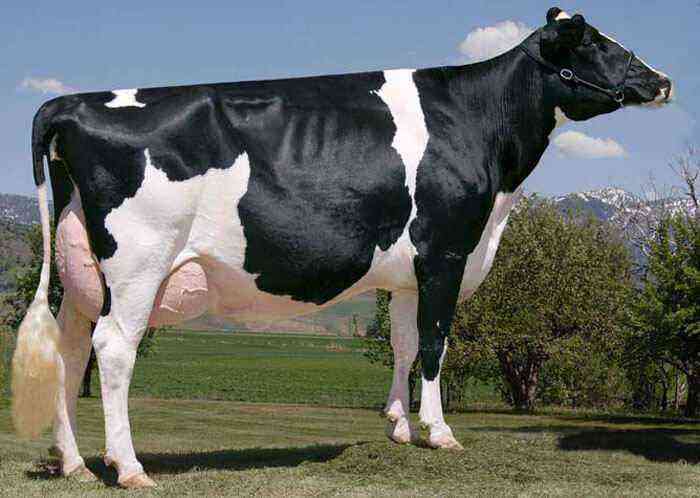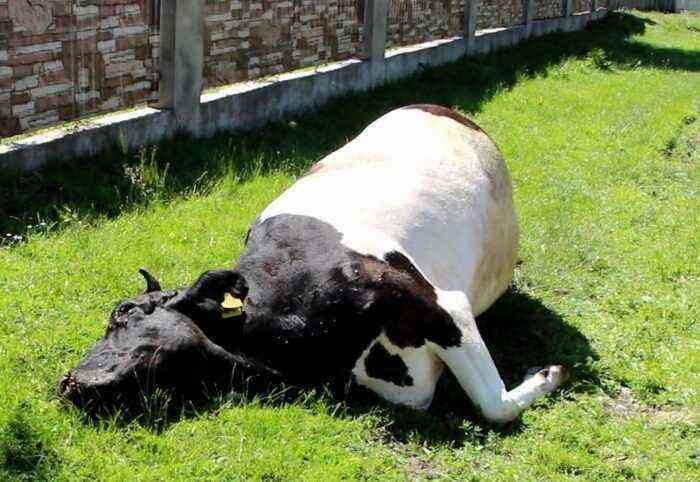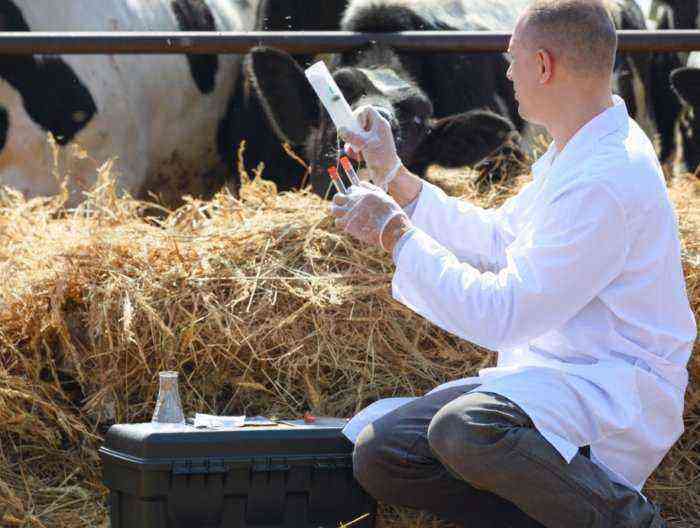Farmers closely monitor the health of their animals on the farm. If they notice any alarming symptoms, they immediately contact the veterinary service. But the problem does not always manifest itself acutely, so there is a doubt whether it is worth sounding the alarm. For example, a calf’s hair falls out, although it looks absolutely healthy, mobile and eats well. This situation occurs frequently. Farmers should not ignore it, since hair loss can be associated with a number of pathological processes.
healthy calves
Causes of hair loss
One of the reasons why a calf’s hair falls out is shedding. This is a natural process that occurs in every animal at a certain time. In most cows, the seasonal molt occurs in November and April, in some – a little earlier or later. An attentive farmer knows just about when the animals molt. When it comes to the natural process of coat change, there is nothing to worry about if:
- The animal is active, mobile.
- Has a good appetite.
- His coat is shiny and smooth.
- There are no other symptoms of the disease.
A cause for concern is untimely molting. For example, wool began to fall out in the summer. In such cases, it is necessary to find the cause of the problem. Let’s consider some of them:
- Parasites.
- Improper nutrition, avitaminosis.
- Hormonal failures.
- Fungal infections.
Consider all the causes of hair loss in cattle in detail and ways to solve the problem.
vermin
Parasitic parasites on the skin of animals cause them great anxiety. These include:
- Lice and fleas;
- Ticks;
- Withers.
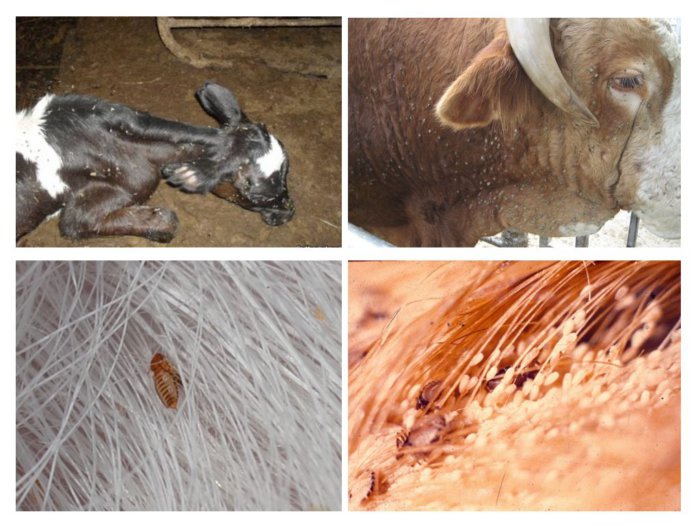
Lice and fleas in calves
Cows become infected with them on pastures, in a barn from sick individuals. The main symptoms of the presence of parasites are:
- Itching.
- The appearance of bald spots.
- Hair loss.
- Animal anxiety.
- With a strong spread of parasitic insects, signs of intoxication and exhaustion appear.
Attention! Skin parasites pose a danger to animals also because as a result of their activity, the integrity of the skin is violated, a bacterial infection can penetrate through the resulting wounds.
Insect-acaricidal preparations help to get rid of parasites on the skin of calves and stop hair loss:
- Sanoflay.
- Eprimek.
- Praziver.
The duration of the course of treatment should be discussed with the veterinarian.
Improper diet
If the animal does not eat properly, the likelihood of various vitamin deficiencies is high. The calf’s diet should include vitamins D, A, PP, C, E. A lack of trace elements and vitamins often leads to metabolic disorders and hair loss.
You can help the animal if you diversify its diet. It should include:
- Roots.
- Fresh grass.
- Protein foods (legumes, cereals).
- Various grinding – fish, bone meal.
- Botvu.
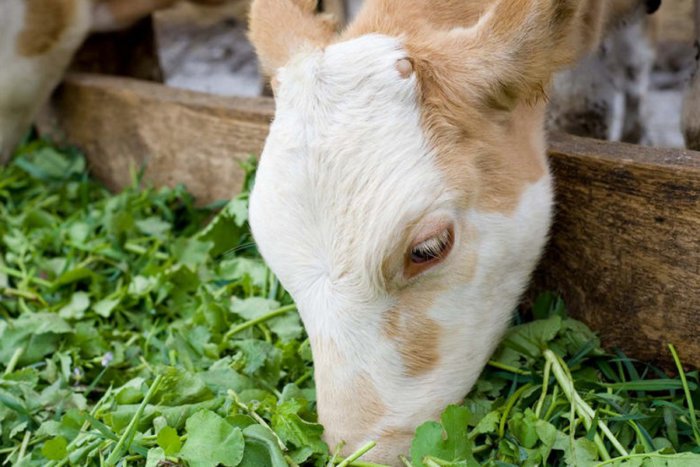
Animal diet
To avoid vitamin D deficiency, animals should be exposed to the sun more often. Calves must be introduced into the diet of special vitamin supplements.
Hormonal disruptions
Hormone imbalances in cows also lead to hair loss. The cause of its occurrence can be violations of the phases of mating, giving drugs containing hormones, as well as congenital health pathologies or stressful situations.
Diagnosing a hormonal failure is quite difficult if it is not accompanied by other symptoms:
- cystic formations.
- Heifer infertility.
- Cycle breaking.
Treatment is carried out by a veterinarian after diagnosis. It involves the introduction of the missing hormones in the form of injections.
Fungal infections
On the skin of animals, various fungi can also parasitize, causing dermatomycosis, skin diseases accompanied by itching and hair loss. These include trichophytosis fungi, microspores and others belonging to the dermatophyte genus. When these microorganisms are introduced into the skin, the so-called ringworm develops. The symptoms of the disease are as follows:
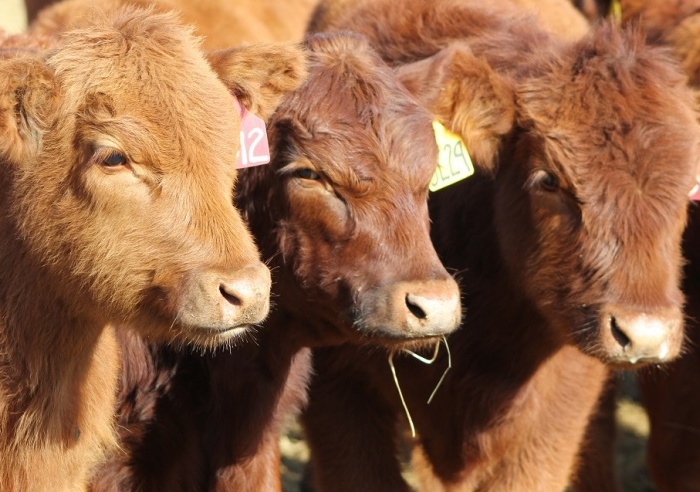
fungus in calves
- The appearance of bald spots.
- The lesions have a characteristic feature – the hair on them looks like trimmed with scissors.
- Severe itching.
- The animal is restless.
In the future, weeping sores form on the foci of the introduction of a fungal infection, the skin thickens, and scales appear on it. Lichen treatment is carried out in a complex manner. It includes:
- The use of antifungal drugs containing clotrimazole, ketoconazole, etc.
- Immunotherapy.
- Vaccination.
The treatment of ringworm is long – it will take at least 4-6 weeks to treat the lesions. When the symptoms of the fungus completely disappear, the hair will begin to grow back.
Other Causes of Hair Loss in Cows
Hair loss in animals can also start with other health problems, such as:
- After the stress.
- With a decrease in immunity (if the cow has had a serious infectious disease).
- With allergies.
- In case of poisoning with toxic waste and poisons.
Attention! Diagnosis of any conditions that provoke unscheduled molting should be carried out by a veterinarian. In some cases, blood tests, skin samples are required to establish the true cause of the disease.
If the cow has begun to shed its hair, do not ignore this symptom. This phenomenon may be associated with serious disorders in the body. It is worth inviting a veterinarian to examine the animal, if necessary, conduct laboratory diagnostics, and after establishing the cause of hair loss, you must clearly follow the medical prescription.
